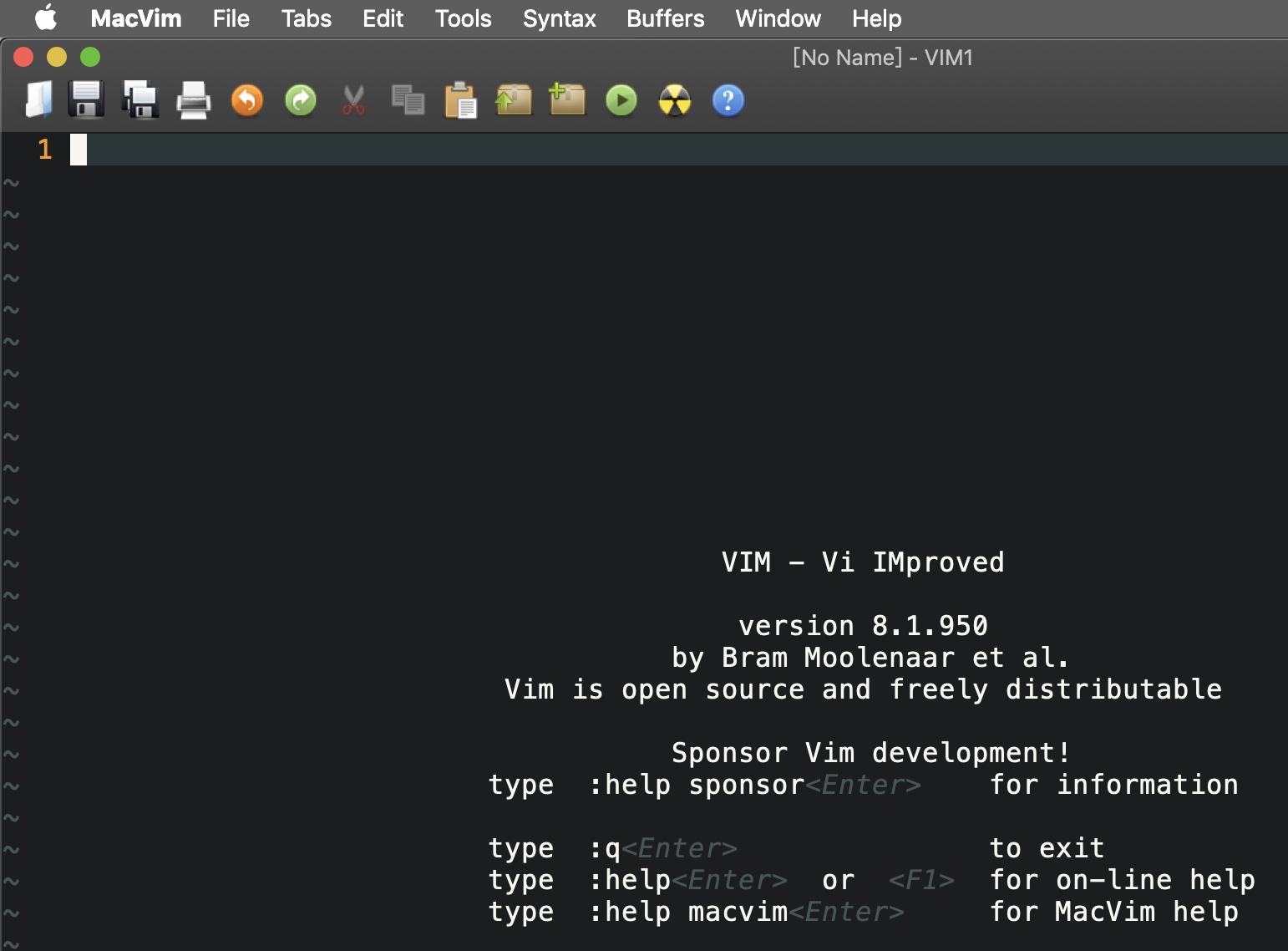

The program xdg-open will only work on Linux-based systems for MacOS, try open instead. It will open the file with your favorite application in the background. It maps the keystroke gX to use xdg-open with a relative filepath under your cursor. That’s why I’ve created the following mapping you can add to your. You’ll soon discover an inconvenience with gx: when you use it on a filepath, Vim will hang till you close the file. Don’t forget the trailing slash in your URL. To try out gf and gx, you can write for example in Vim, place your cursor on it, and hit the keystrokes. gU - Uppercase using a motion (for example, gUiw).gu - Lowercase using a motion (for example, guiw).ga - Print the ascii value of the character under the cursor in decimal, hexadecimal or octal.The keystroke I insert text just before the first non-blank characters of the line.gI - Insert text at the beginning of the line, no matter what the first characters are.You can continue to hit n (or gn) to select the area between the current match and the next match.Switch to VISUAL mode (if you weren’t in VISUAL mode already).gn - Select the match of your last search:.gv - Start VISUAL mode and use the selection made during the last VISUAL mode.It uses marks under the hood: more on that later in this article.Pretty useful if you stopped your editing to look at some other file.gi - Move to the last insertion you did and switch to INSERT mode.It only works if you have the plugin netrw.It will open your favorite browser and load the website. It will use the default application used by your OS for this filetype.gx - Open the file located at the filepath under your cursor.It can open the URL under your cursor if you have the plugin netrw.You can use CTRL+W CTRL+F to open the file in a new window.


Macvim yank across windows how to#
How to increase and decrease numbers with a single keystroke.īut before going into the juicy content of this article, I’ve some recommendations for you, dear reader:.What marks are and what you can do with them.The crazy useful :global (or :g) command.The quickfix list and the location lists.If you like my articles about Vim, I’m currently writing an ambitious book about The Best Editor™ with many more tips!


 0 kommentar(er)
0 kommentar(er)
